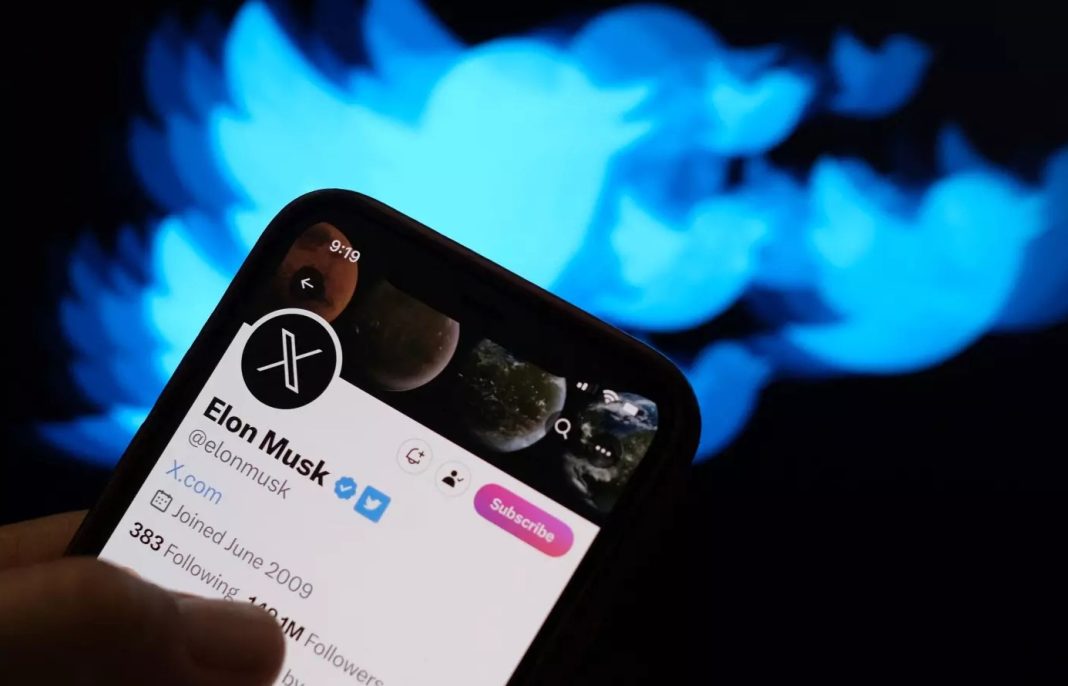The new measures will involve users uploading a copy of their government-issued ID and a headshot, according to a report by PC Magazine. The third-party software will, after collecting X biometric data, store the information for up to 30 days.
The company providing the service, Au10tix, was founded in 2002 as the technology arm of Dutch security company, ICTS International, which itself was founded by, among others, former members of the Shin Bet intelligence services.
They have in the past been involved in developing identity verification systems for airports and border controls and have partnered with high-profile firms including Google and PayPal.
Speaking to Middle East Eye, the executive director of 7amleh, an Israel-based social media monitoring organisation, said the platform’s partnership with the organisation was “alarming”.
“The concept of verifying user accounts is indeed essential in suppressing fake accounts and maintaining a trustworthy online environment. However, the approach chosen by X, in collaboration with the Israeli identity intelligence company Au10tix, raises significant concerns,” stated Nadim Nashif.
“Au10tix is located in Israel and both have a well-documented history of military surveillance and intelligence gathering… this association raises questions about the potential implications for user privacy and data security,” Nashif continued.
He added that while he understood the necessity of security measures, it was crucial to “strike a balance between user safety and privacy, and the potential risks posed by data exposure”.
“We strongly urge X to be transparent about their data handling practices and to provide assurances that the collected biometric data will be safeguarded from misuse or unauthorized access,” he said.
MEE contacted X for comment but received no response by the time of publication. MEE also attempted to contact Au10tix but similarly received no response by the time of publication.
Since Musk bought Twitter for $44bn last October, the platform’s advertising business has taken a hit as marketers soured on his management style and mass firings at the company gutted content moderation.
In response, the entrepreneur has moved toward building a subscriber base and pay model in search of new revenue.
He also killed off the Twitter logo on 24 July 2023, replacing the globally recognised blue bird with a white and black X.
